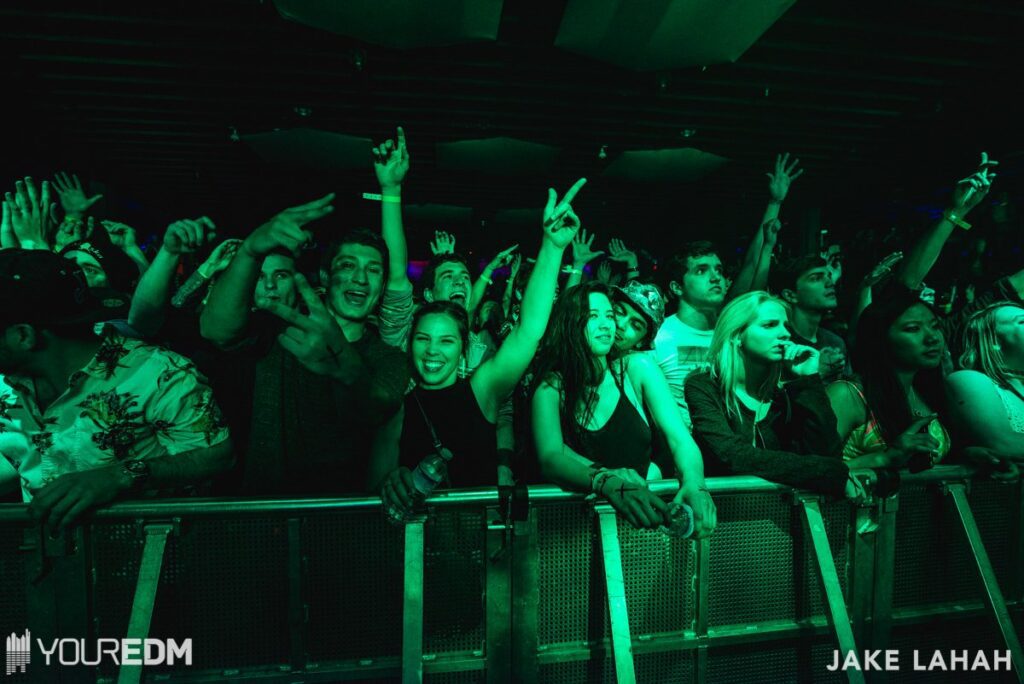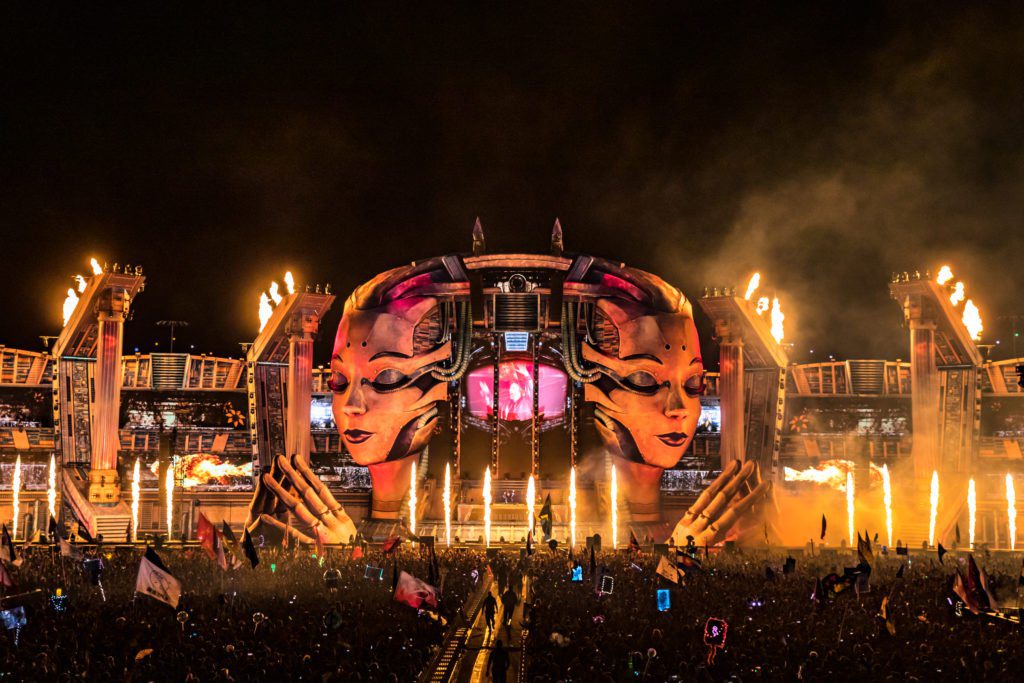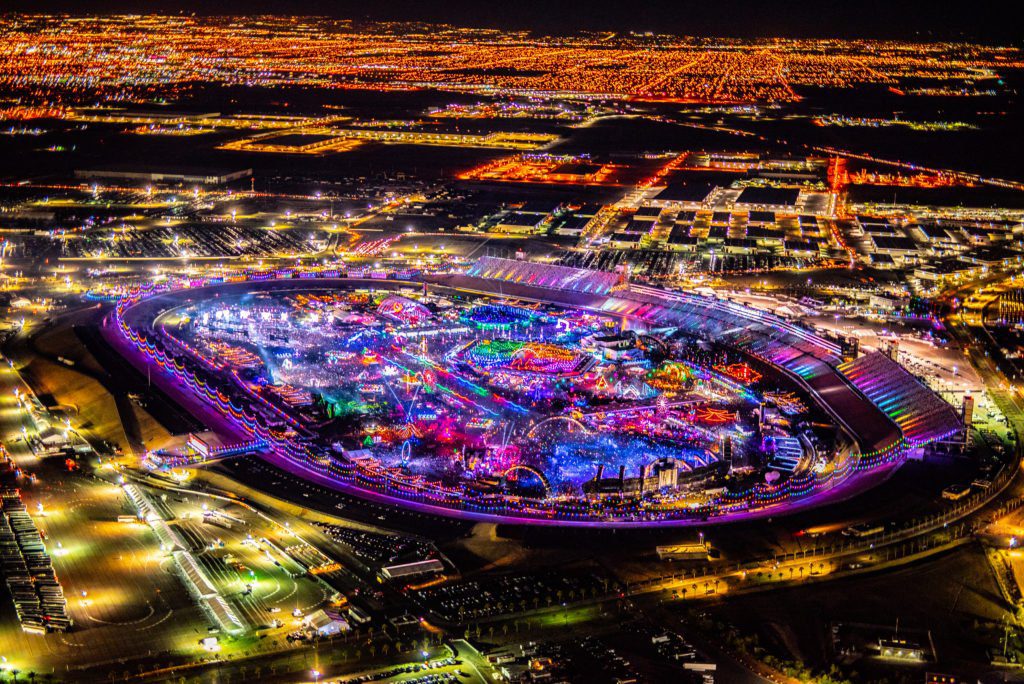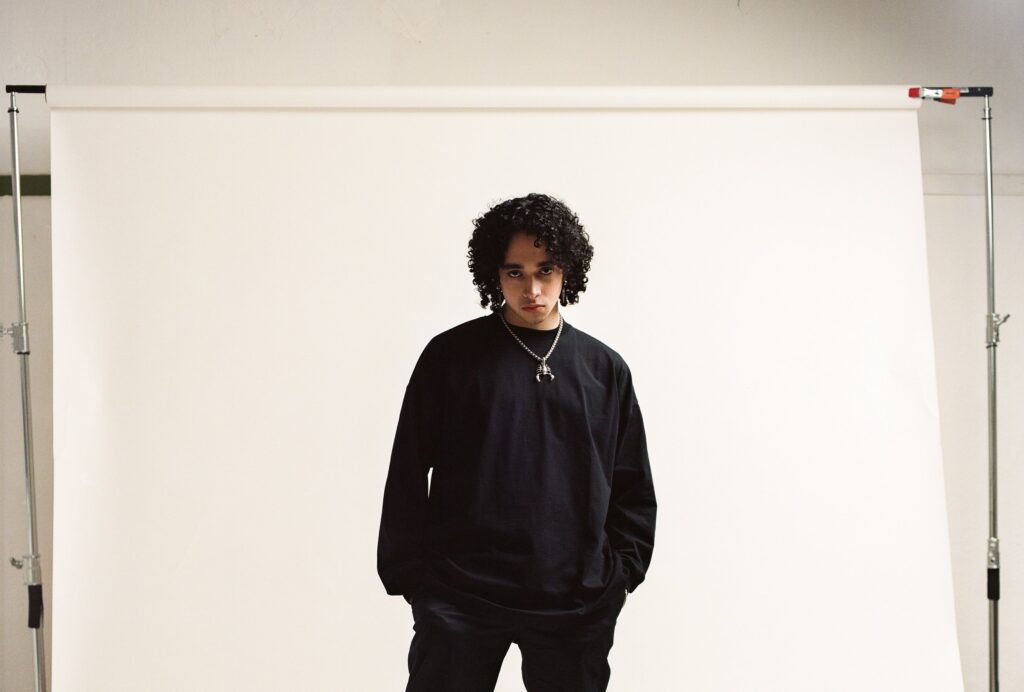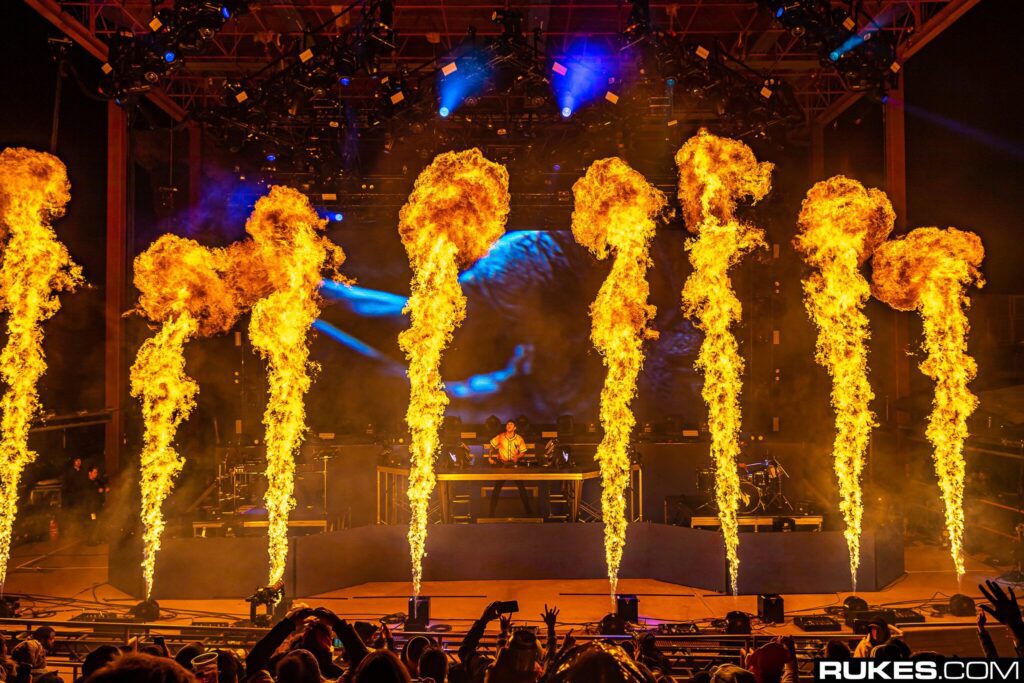With states in the US and countries around the world beginning to move into new phases of opening up post-COVID-19 (which in itself is a bit of a misnomer since we’re still in the midst of it), the question of how to do so safely is paramount. We’ve already seen that traditional openings, and even “guidelines” are useless, thanks to unintentional test cases in Florida.
UK venue bosses are saying “huge arena concerts could be running again by autumn,” but how? One answer might be walking through a disinfectant mist upon entrance.
That idea stems from a venue in Seoul, Korea – where a Phantom of the Opera production has continued running. In addition, people also have their temperature taken and fill out a questionnaire about their symptoms and recent places they’ve visited.
The reality is that it’s going to be a combination of things that will all add up to a larger assumption of safety, but at the end of the day, it’s going to be an assumption. All the temperature checks, questionnaires, and surveys in the world won’t stop you from contracting the illness if someone who’s asymptomatic or just on the edge of showing symptoms coughs on you point blank.
Social distancing alone is not enough, and it would actually hurt venues more than help.
“Even if the two metre social distancing rule is halved, venues would only be able to operate at 30% of their capacity – which would not be financially viable,” said Lucy Noble, who chairs the National Arena Association – which represents 23 of the UK and Ireland’s biggest concert venues.
Craig Hassall, chief executive at the Royal Albert Hall, told Mirror Online current social distancing rules will not work, stating: “We’ve done some modelling using social distancing rules and our capacity would be reduced to around 27% with two-metre distancing, and around 36% with one-metre.
“In order for us to break even, and therefore be sustainable as a charity, we typically need a capacity of around 90%.”
Ultimately, the path to safely opening venues is a perilous and unclear one. It will be nigh on impossible to tell what is working until something isn’t, and that means more people will be at risk. And while arguments can be made for letting people who assume that risk do their own thing, COVID-19’s highly contagious nature means doing so puts more people at risk. The fact that there’s no clear and immediate answer beyond formulating a vaccine is perhaps the scariest part of this scenario.
via Mirror, H/T EDM.com


